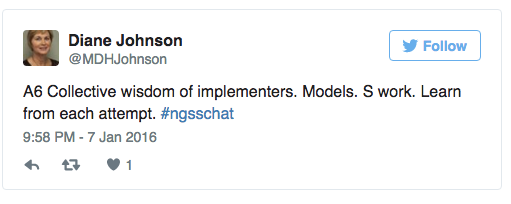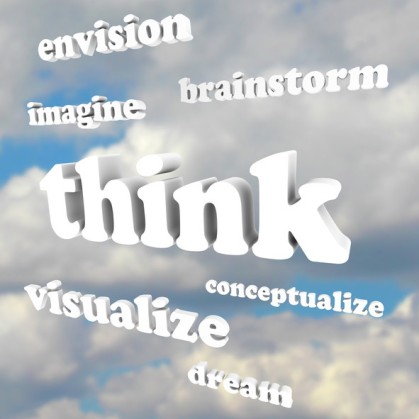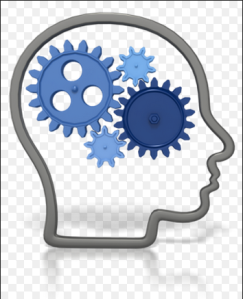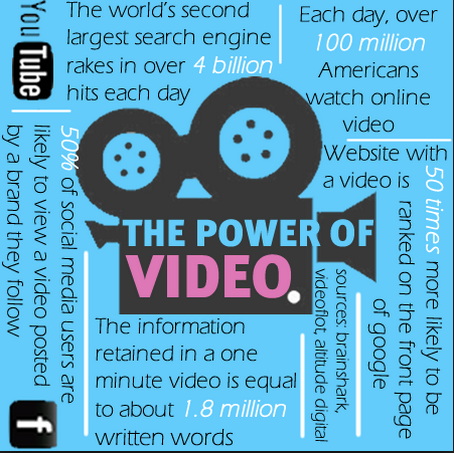“The overarching goal of our framework for K-12 science education is to ensure by the end of 12th grade, all students have some appreciation of the beauty and wonder of science; possess sufficient knowledge of science and engineering to engage in public discussions on related issues to their daily lives; are able to continue to learn about science outside of school; and have the skills to enter careers of their choice, including (but not limited to) careers in science, engineering and technology.”
(A Framework for K12 Science Education, NRC 2012)
“The (Carnegie/IAS) Commission found that far too few students in the United States received high-quality instruction in mathematics and science, and subsequently, the nation was falling behind many countries in these areas.”
(The Opportunity Equation, Carnegie Corporation of New York 2009)

When we look at these two quotes together, we see a need and the vision for the Next Generation Science Standards; We see an opportunity to empower students. The vision is clear, all students need a rich, rigorous and engaging science curriculum so they can have access to opportunity. The path to mitigating the disparities that exist for access to this vision is not as straightforward; NGSS presents the goal of a rigorous set of standards to prepare students for full participation in a globally connected world plus the challenge (and blessing) of a steady increase of student diversity in classrooms across our nation. For this reason, our virtual Professional Learning Network of educators and partners organized a virtual book study to join people together who are passionate about the NGSS as the great equalizer in Science education. We were excited to use the book NGSS for All Students by Okhee Lee, Emily Miller and Rita Januszyk to guide our study. Stephen Pruitt, Andres Henriquez, Joe Krajcik, and Helen Quinn also contributed chapters to this book. The dialogue, learning and sharing using this book provided support for shifting instruction to make science accessible to all students and prepare them for college, career and life. This blog describes some of my take-aways from the study that I will use to inform the instructional and assessment design in my classroom for the 2015-16 school year.

Engagement through the Practices
The current research on how students learn clearly indicates that students need to be engaged in doing science whether than just hearing about it, figuring out as opposed to knowing about. This “doing” science, however is different from hands-on inquiry. The Science and Engineering practices of the NGSS involve both knowledge of the practice itself as well as the ability to demonstrate the skills of a scientist. It is truly acting and thinking like a scientist. Supporting students in that thinking allows science to be a great equalizer by building on student interest and actively engagement that is both hands-on and minds-on. “What the research tells us is that students learn science best when they are deeply engaged in the practices of science and engineering, and apply these practices over multiple years to develop a set of disciplinary core ideas and connections between those ideas across science disciplines (crosscutting concepts).” –Helen Quinn Practices are the vehicle for the deep understanding of science ideas.
My goal: As I design classroom learning, I will carefully choose phenomena and design problems to enable opportunities for students to confront misconceptions, to raise and seek answers to questions they find important, and have a need to engage and persist in the learning. As students act and think like scientists to figure out phenomena or solve problems through engagement in the practices, they are incorporating science ideas and concepts into their personal way of looking at the world, leading to deep understanding through this 3-dimensional learning.
Science Talk
Four foundational areas of capacity development that are critical for academic success are outlined in NGSS for All Students: language, analysis and reasoning, representation and symbolization, and social and emotional capacity. Science Talk or “discourse-laden science practices” provide opportunities to stretch vocabulary, distill and clarify thinking for communication, and benefit from the modeling and public thinking of peers to move forward the learning of all students.
My goal: Provide regular opportunities and scaffolding for the practice of discourse “Science Talk” in my classroom. This will require particular attention to building a class culture that supports risk-taking, self-regulation, persistence, and belief in self. These aspects of learning can be best realized in a classroom climate that is not focused on who is sharing the “right” or “wrong” answer, but on who is sharing evidenced-based thinking to advance the thinking and shared understanding of the group. A critical element of this collective conversation will be supporting students in providing evidence-based feedback through critique. The end-goal is full participation by all students in science talk where students have the right and responsibility to contribute and a valued perspective and experience to share.

Questioning
Questions serve as the “breadcrumbs” that support students’ journey and the need to engage in the next evidence-gathering investigation or experience. I will use questioning as the center of our learning experience, from the driving question that frames the unit and the story as the students work to make sense of phenomena or develop solutions to problems, to the daily questions that draw on student funds of knowledge and encourage making thinking visible. I will use questions to make crosscutting concepts more explicit in the classroom because those are the thinking tools that empower students and add to their confidence. I will use questioning to support students in developing original conceptual models that as the unit progresses to support students in challenging that model when needed to encourage revisions and evolving understanding. Instead of planning the knowledge I will give students, I will plan the questions I will ask them.
All students should have the opportunity to experience a learning atmosphere built for their success and exposure to the world of science in a methodology that engages, inspires and empowers them as visioned in The Framework. All students should have equal opportunity for adult success. Classrooms who use the NGSS standards to guide instruction and assessment while focusing on equity are grounded in the best research about how students learn. The Next Generation Science Standards guide educators on the path to science literacy based on extensive research to assure all students are prepared for the next step of their choosing. Even if you are not in an NGSS-adopted state, you can use this research on how students best learn science in your classroom. This will require an understanding of the NGSS, the translating of NGSS into instruction and assessment using tools and strategies, and the opportunity to try these new tools and receive feedback.
Join the Conversation
First Steps
Use the guidance provided on how to engage students from all backgrounds with the NGSS found in Appendix D and the Case Studies which provide examples of effective classroom strategies. All students have the ability to learn science, however their level of development of scientific literacy depends on their classroom experiences. Read about the research based vision for the NGSS in A Framework for K12 Science Education, NRC 201. Visit the NGSS website at http://www.nextgenscience.org/ and the NGSS @NSTA Hub at http://ngss.nsta.org/ . See the archived chats from the NGSS for All Students book study this past summer at http://www.ngsspln.com/equity.html
Join our Network
Consider connecting your self to other educators passionate about transforming science teaching and learning. Visit our website hub at http://www.ngsspln.com/ and join us on Twitter and Google plus. We join together for #NGSSchat the first and third Thursday of the month at 9 PM ET to support each other in learning and translating the NGSS. You can even link to archived chats or watch the chat without having a Twitter account! Learn more here.
Interested in becoming a Connected Educator– find support at http://www.connectthinklearn.com/connected-educator-support.html
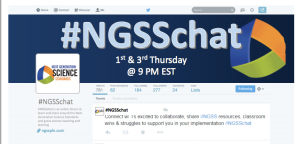
Share to the Hashtag
We are excited to promote the #Sci4allSs hashtag as a place where educators are encouraged to share their classroom as they work to implement the Next Generation Science Standards. Please consider sharing classroom stories via text tweets, pictures, and video. You can also share questions you have about providing a quality science education to all students.
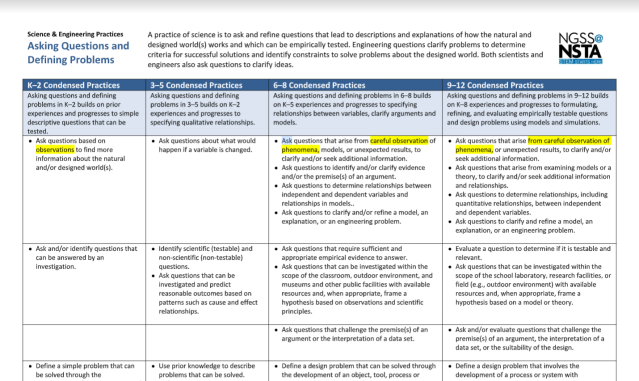

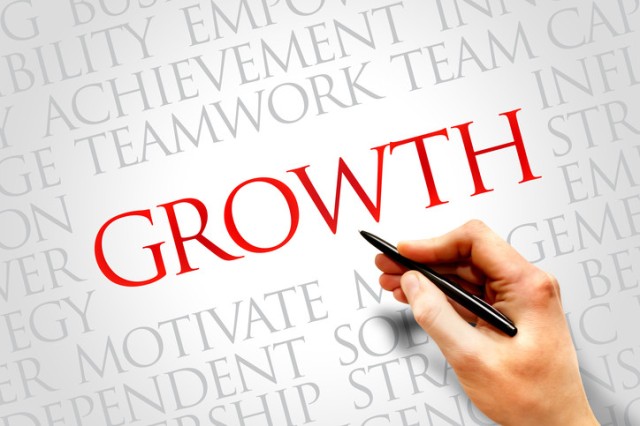





 Image credit: (c) aksakalko
Image credit: (c) aksakalko 